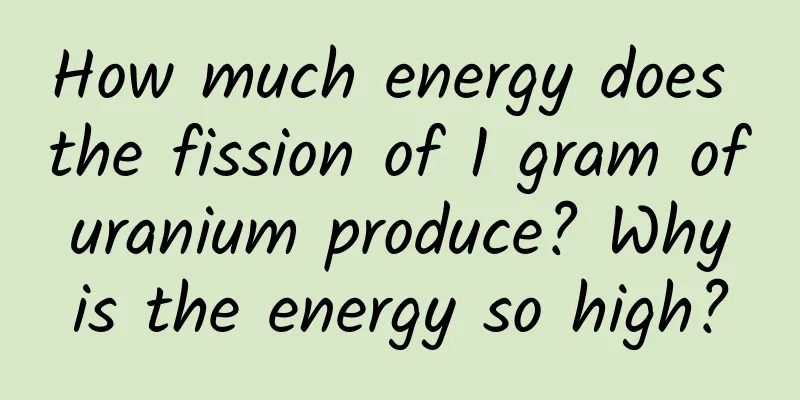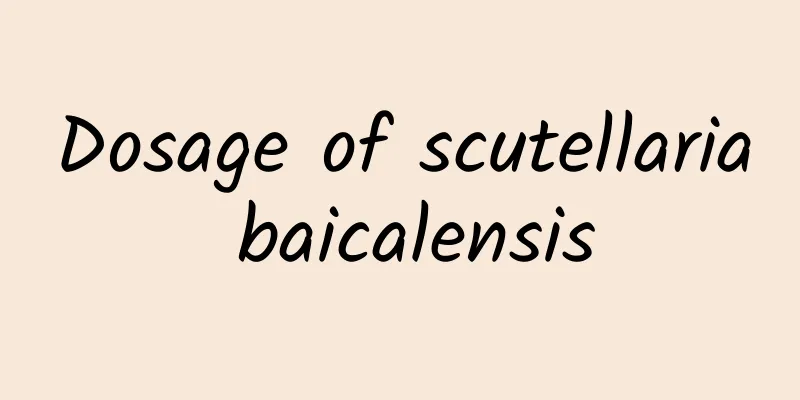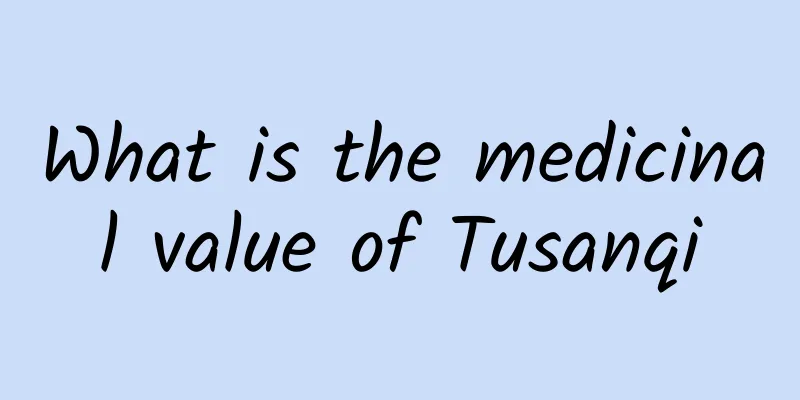The efficacy and function of white rice beans

|
Everyone is familiar with white rice beans, but of course some people are unfamiliar with them. In fact, white rice bean is a relatively common Chinese medicinal material. So what exactly do white rice beans do? [Other names] Cloud bean, green bean, dragon claw bean (Illustrated Catalogue of Plant Names and Realities), Tang cow, hidden bean (Dictionary of Botany), cloud bean, June fresh, dragon bone bean, two-born bean, three-born bean, Tang bean (Illustrated Description of Major Plants in China, Leguminosae), white bean, pink bean (Luchuan Materia Medica). [Source] It is the seeds of the legume plant Phaseolus vulgaris . Harvest the fruits when ripe. [Original form] Annual twining tall herb. Stems pubescent. Stipules ovate-lanceolate; stipules rectangular or linear. The leaves are trifoliate, with leaflets broadly ovate or even diamond-ovate, leaflets on both sides inclined, acuminate or long acuminate at the apex, with a fine tip, base broadly cuneate, rounded or truncated, hairy along the veins on both sides, 4.5-16 cm long, 2.5-11 cm wide. The racemes are axillary and shorter than the leaves; the bracts are ovate with raised veins, the bracteoles are ovate, slightly longer than the calyx, with several raised veins; the flowers are white, yellow, violet, or red, 1.5 to 2 cm long; the corolla is butterfly-shaped, the petals have truncated ears on the upper side and rudimentary ears on the lower side; the stamens are bipedal, the ovary is sessile and covered with white stiff hairs, the style is curly and hairy, and the stigma is terminal and inclined. The pods are ribbon-shaped, swollen, hairless, with a long drill-like beak at the top, and contain 4 to 5 seeds, which are rectangular, reddish-brown or white and shiny. Flowering period is from June to July. Fruiting period is September. 【Habitat distribution】 Cultivated plants. Distributed in Hebei, Hubei, Jiangsu, Sichuan, Yunnan and other places. [Chemical composition] The seeds contain glycoprotein, whose sugars include mannose, glucosamine, arabinose, xylose and fucose. The protein part contains very little cystine (or cysteine), but contains a relatively large amount of aromatic amino acids. It also contains a trypsin inhibitor, which is almost completely sugar-free but firmly bound to a pale pink-blue pigment; it contains nearly 15% cysteine, but very little valine and aromatic amino acids. It also contains hemagglutinin, which has strong activity on human red blood cells. The cotyledons and axis of ungerminated seeds contain stigmasterol, sitosterol and a small amount of campesterol 【Nature and flavor】 Sweet, mild, neutral. 【Functions and indications】 Nourishing, antipyretic, diuretic, and detumescent. Treat edema and beriberi. [Additional prescription] To treat edema: 4 liang of white rice beans, 5 qian of garlic cloves, and 1 liang of white sugar. Decoction in water. (The following properties and flavors are from Luchuan Materia Medica) 【Excerpt】 《*Dictionary》 Above we introduced what white rice beans are, and we also learned about the effects and functions of the traditional Chinese medicine white rice beans. We know that the effects of white rice beans are very powerful, and everyone can eat some white rice beans for health preservation. |
<<: The efficacy and function of white rice tree
>>: The efficacy and function of Cretaceous maidenhair fern
Recommend
The efficacy and function of Pteris chinensis
Most Chinese medicinal materials have good effect...
Online shopping scam prevention tips summarized by experienced poor people can save you money!
One minute with the doctor, the postures keep cha...
The most useless organ in the human body, would it be better to remove it?
If we were to rank the useless organs in the huma...
The efficacy and function of large-flowered camphor
Friends who don’t know about Lycopodiella will no...
The efficacy and function of red wormwood
There are many customs during the Dragon Boat Fes...
What are the edible effects of Cistanche deserticola?
Cistanche deserticola is a very precious Chinese ...
The efficacy and function of Deer Root
As people's living standards continue to impr...
The efficacy and function of water horse mulberry branches and leaves
In our lives, the branches and leaves of water mu...
The efficacy and function of Baiyaojian
The traditional Chinese medicine Baiyaojian is al...
The efficacy and function of Aquilegia columbine
Aquilegia columbine is a very good medicinal ingr...
Golden lotus hurts the kidneys
The plant nasturtium can be used as a Chinese med...
Effects of Chuanxiong
Chuanxiong is a plant that can be used as traditi...
Alternanthera philoxeroides
There are many things in our lives that we should...
Two little bees flying in the desert? Explore the bee habitat in the desert oasis
Produced by: Science Popularization China Author:...
Does the weight loss drug semaglutide shrink the heart? Scientists offer suggestions →
Compiled by: Gong Zixin "Magic weight loss d...









